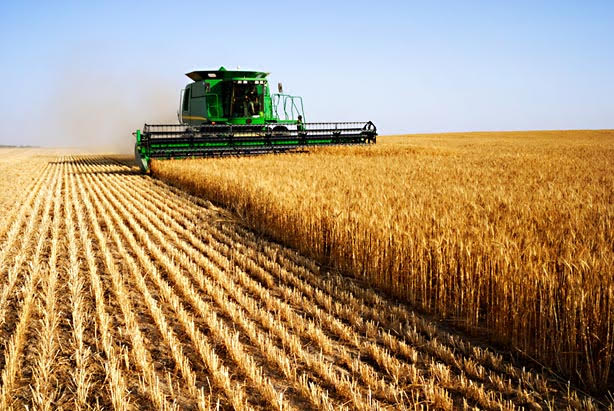Collaborative Partnerships in Agriculture: Strengthening Community Resilience

Agriculture, the bedrock of human civilization, is facing unprecedented challenges. Climate change, resource depletion, and socio-economic issues today threaten the livelihoods of farmers and the sustainability of food systems. Amid these trials, collaborative partnerships in agriculture have emerged as a beacon of hope, strengthening community resilience and fostering sustainable development.
Collaborative partnerships in agriculture involve diverse stakeholders—farmers, researchers, non-governmental organizations (NGOs), government agencies, and private sector entities—working together towards common goals. These partnerships leverage the unique strengths of each participant to address complex agricultural challenges that no single entity could tackle alone.
Building Resilient Communities
1. Knowledge Sharing and Capacity Building:
One of the most significant benefits of collaborative partnerships is the exchange of knowledge. Farmers possess invaluable traditional wisdom and local insights, while researchers and agronomists bring scientific expertise and innovative technologies. NGOs often act as bridges, facilitating communication and understanding between these groups.
For example, in India, the collaboration between local farmers and the International Crops Research Institute for the Semi-Arid Tropics (ICRISAT) has led to the development of climate-resilient crop varieties. Farmers’ traditional practices were complemented by scientific research, resulting in crops that can withstand extreme weather conditions, thus securing food production in vulnerable regions.
2. Access to Resources and Technologies:
Smallholder farmers often lack access to modern farming technologies and financial resources. Collaborative partnerships can bridge this gap. Public-private partnerships, for instance, can provide farmers with advanced machinery, high-quality seeds, and innovative irrigation systems.
In Kenya, the partnership between the Kenyan government, international organizations, and private companies has revolutionized maize farming. By introducing drought-resistant maize varieties and providing microfinance options, farmers have increased their yields and incomes, enhancing their resilience against climatic and economic shocks.
3. Market Access and Fair Trade:
Market access remains a significant hurdle for many small-scale farmers. Collaborative efforts can open new markets and ensure fair trade practices. Cooperatives and farmer associations play a crucial role in this regard, enabling farmers to negotiate better prices and reduce the influence of middlemen.
The Fairtrade movement is a prime example of how collaboration can empower farmers. By connecting producers directly with consumers who are willing to pay a premium for ethically produced goods, Fairtrade partnerships ensure that farmers receive a fair share of the profits, promoting economic stability and community development.
4. Policy Advocacy and Support:
Effective policy frameworks are essential for sustainable agricultural development. Collaborative partnerships can influence policy-making by representing the collective interests of farmers and advocating for supportive regulations and subsidies.
In Brazil, the collaboration between farmers’ associations, environmental NGOs, and government agencies led to the implementation of policies that promote sustainable land use and protect the Amazon rainforest. This partnership not only safeguards the environment but also ensures the long-term viability of agriculture in the region.
In Africa, the Alliance for a Green Revolution in Africa (AGRA) exemplifies the power of collaborative partnerships. AGRA brings together governments, private sector companies, and civil society organizations to support smallholder farmers. Through initiatives such as improving seed varieties, enhancing soil health, and expanding access to markets, AGRA has positively impacted millions of farmers, boosting their productivity and resilience.
While the benefits of collaborative partnerships in agriculture are evident, challenges remain. Effective communication, trust-building, and equitable distribution of benefits are crucial for the success of these partnerships. Stakeholders must prioritize the needs and voices of farmers, particularly those from marginalized communities.
Investing in education and capacity-building is also essential. Equipping farmers with the skills and knowledge to engage in partnerships meaningfully can amplify the impact of these collaborations. Additionally, fostering an enabling environment through supportive policies and infrastructure is vital.
Collaborative partnerships in agriculture are not just about improving yields or introducing new technologies; they are about building resilient communities that can withstand and thrive amid adversity. By bringing together diverse stakeholders and leveraging their collective strengths, these partnerships create a holistic approach to agricultural development, ensuring food security, economic stability, and environmental sustainability.
This is where the SAHE Foundation comes in.
Partner with us today to empower communities and eradicate hunger!
